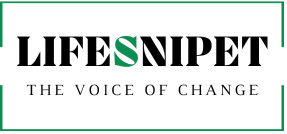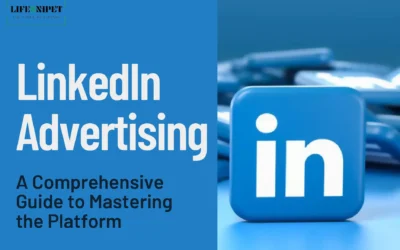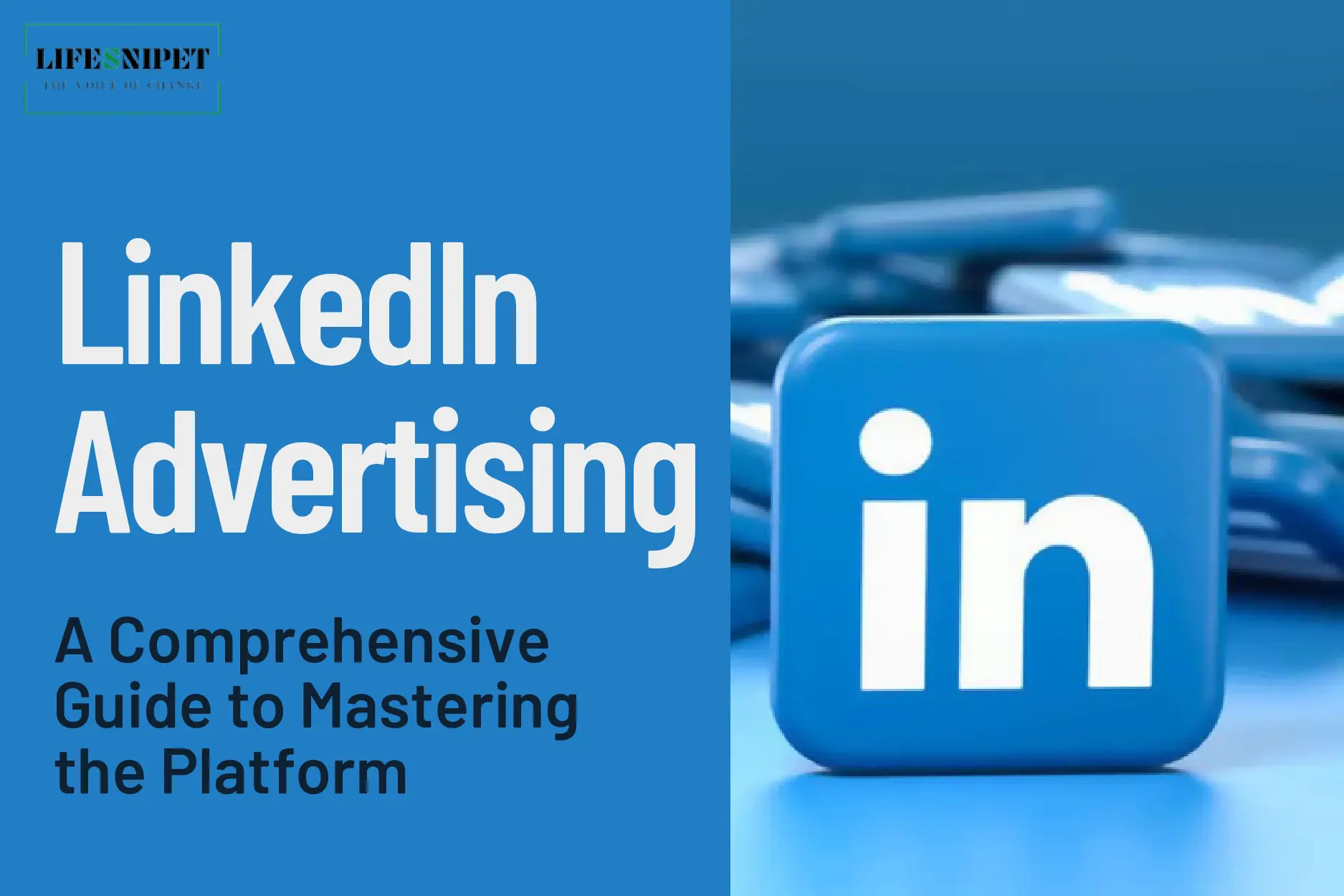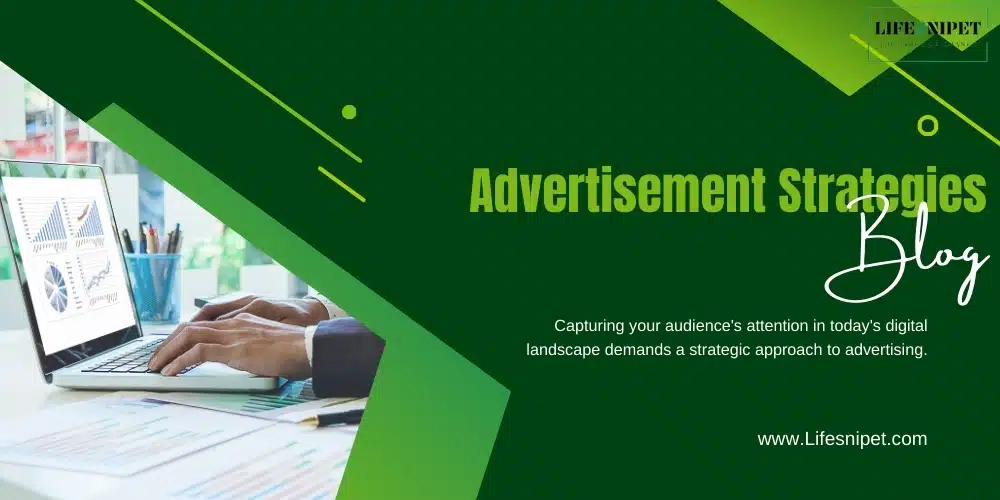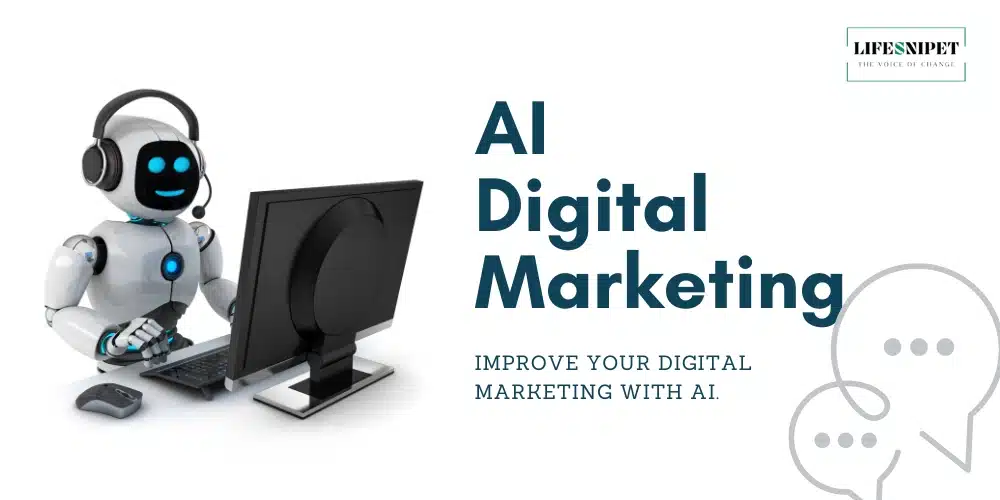In the dynamic landscape of digital marketing, LinkedIn advertising stands out as a powerful tool for B2B marketers and professionals. With its unique user base of over 700 million professionals, LinkedIn offers unparalleled opportunities to reach decision-makers and influencers. In this comprehensive guide, we delve into the nuances of LinkedIn advertising, providing detailed insights and strategies to help you maximize your return on investment (ROI).
Understanding LinkedIn Advertising
LinkedIn advertising allows businesses to target professionals with precision. The platform’s robust targeting options enable advertisers to reach specific demographics based on job title, industry, company size, and more. This precision makes LinkedIn a preferred choice for B2B marketers aiming to engage with high-value audiences.
Types of LinkedIn Ads
1. Sponsored Content
Sponsored Content appears directly in the LinkedIn feed, making it a native advertising option. These ads can be single-image ads, video ads, carousel ads, or event ads. Sponsored Content is designed to blend seamlessly with organic content, increasing engagement rates.
2. Sponsored Messaging
Sponsored Messaging includes Sponsored Email and Message Ads. These ads are sent directly to LinkedIn members’ inboxes, offering a personal touch. Sponsored Messaging is effective for direct outreach and personalized marketing campaigns.
3. Text Ads
Text Ads are simple yet effective. They appear on the sidebar or top of the LinkedIn homepage. These ads are great for driving traffic to landing pages or generating leads with a clear call-to-action (CTA).
4. Dynamic Ads
Dynamic Ads leverage LinkedIn’s user data to create personalized ad experiences. These ads automatically customize the content based on the viewer’s profile information, such as their name, profile photo, and job title. Dynamic Ads include Follower Ads, Spotlight Ads, and Content Ads.
Setting Up Your LinkedIn Ad Campaign
1. Define Your Objectives
Before creating an ad, it’s crucial to define your campaign objectives. LinkedIn offers various objectives such as brand awareness, website visits, engagement, video views, lead generation, website conversions, and job applicants. Clear objectives guide your campaign strategy and metrics.
2. Targeting Your Audience
LinkedIn’s targeting capabilities are among the most sophisticated in digital advertising. You can target users based on:
- Demographics: Age, gender, location.
- Company: Company name, industry, company size.
- Job Experience: Job title, job function, seniority, skills.
- Education: Degrees, fields of study, member schools.
- Interests and Traits: Member groups, interests, traits.
3. Budget and Bidding
LinkedIn offers flexible budgeting options, including daily budgets, lifetime budgets, and setting bids manually or automatically. Bidding strategies can be cost-per-click (CPC), cost-per-impression (CPM), or cost-per-send (CPS) for Sponsored Messaging. Monitoring and adjusting bids based on performance is essential for optimizing your budget.
4. Crafting Compelling Ad Copy
Your ad copy should be concise, engaging, and tailored to your target audience. Use strong headlines, a clear value proposition, and compelling CTAs. Visual elements, such as images and videos, significantly impact ad performance. Ensure your visuals are high-quality and relevant to your message.
5. A/B Testing
A/B testing involves creating multiple versions of your ad to determine which one performs best. Test different headlines, images, CTAs, and ad formats. Continuous testing helps refine your strategy and improve your campaign’s effectiveness.
Measuring and Optimizing Your Campaign
1. Key Metrics to Monitor
Monitoring the right metrics is crucial for understanding your campaign’s performance. Key metrics include:
- Click-Through Rate (CTR): Indicates the effectiveness of your ad copy and visuals.
- Conversion Rate: Measures the percentage of users who completed a desired action.
- Cost Per Conversion (CPC): Evaluate the cost-effectiveness of your campaign.
- Engagement Rate: Shows how users interact with your ad (likes, shares, comments).
- Lead Quality: Assesses the value of the leads generated.
2. Analyzing Performance
LinkedIn Campaign Manager provides detailed analytics to track your ad performance. Use these insights to identify trends, understand user behavior, and make data-driven decisions. Regular analysis helps pinpoint areas for improvement.
3. Optimizing Your Ads
Based on performance data, optimize your ads by adjusting targeting, revising ad copy, or modifying your bidding strategy. Small changes, like tweaking your CTA or changing your visuals, can significantly impact your results.
Advanced LinkedIn Advertising Strategies
1. Retargeting
Retargeting allows you to re-engage users who have previously interacted with your brand. LinkedIn offers robust retargeting options, including website retargeting, lead gen form retargeting, and video ad retargeting. Retargeting helps nurture leads and drive conversions.
2. Using LinkedIn’s Matched Audiences
Matched Audiences lets you upload your email lists, target website visitors, or retarget existing leads. This feature is powerful for account-based marketing (ABM) and personalized campaigns.
3. Leveraging LinkedIn Analytics
LinkedIn Analytics provides deep insights into your audience’s behavior. Use these analytics to refine your targeting, identify high-performing content, and understand the impact of your ads. Leveraging these insights helps in making informed decisions and improving ROI.
4. Integrating LinkedIn with Other Marketing Channels
Integrate LinkedIn advertising with other marketing channels for a cohesive strategy. Use LinkedIn’s API to sync data with your CRM, email marketing tools, and other digital marketing platforms. Integration enhances your ability to track and manage leads across multiple touchpoints.
Conclusion
LinkedIn advertising is a powerful tool for reaching a professional audience and driving business growth. By understanding the platform’s features, setting clear objectives, and continuously optimizing your campaigns, you can achieve significant results. Remember to leverage advanced strategies like retargeting and matched audiences to maximize your ROI.
FAQs
1. What is LinkedIn advertising?
LinkedIn advertising is a marketing strategy that uses LinkedIn’s platform to promote products or services to a professional audience. It includes various ad formats like Sponsored Content, Sponsored Messaging, Text Ads, and Dynamic Ads.
2. How do I target my audience on LinkedIn?
LinkedIn provides sophisticated targeting options based on demographics, company, job experience, education, and interests. You can refine your audience by selecting criteria that align with your campaign objectives.
3. What are the best practices for LinkedIn ad copy?
Effective LinkedIn ad copy should be concise, engaging, and relevant to your target audience. Use strong headlines, clear value propositions, and compelling CTAs. High-quality visuals also play a crucial role in ad performance.
4. How do I measure the success of my LinkedIn ad campaign?
Key metrics to monitor include Click-Through Rate (CTR), Conversion Rate, Cost Per Conversion (CPC), Engagement Rate, and Lead Quality. These metrics help you understand your campaign’s performance and identify areas for improvement.
5. What is retargeting on LinkedIn?
Retargeting on LinkedIn allows you to re-engage users who have interacted with your brand previously. It includes options like website retargeting, lead gen form retargeting, and video ad retargeting, which help nurture leads and drive conversions.
6. How can I optimize my LinkedIn ads?
Optimize your LinkedIn ads by analyzing performance data and making adjustments to targeting, ad copy, visuals, and bidding strategies. Regular A/B testing and continuous monitoring help in refining your campaign for better results.
7. What are LinkedIn’s Matched Audiences?
LinkedIn’s Matched Audiences feature lets you upload email lists, target website visitors, and retarget existing leads. It’s a powerful tool for personalized marketing and account-based marketing (ABM) strategies.
8. Can LinkedIn ads be integrated with other marketing channels?
Yes, LinkedIn ads can be integrated with other marketing channels. Using LinkedIn’s API, you can sync data with your CRM, email marketing tools, and other digital marketing platforms to track and manage leads across multiple touchpoints.
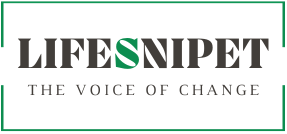
Welcome to LifeSnipet! At LifeSnipet, we’re your ultimate source for the latest health updates. Specializing in health and fitness-related diseases, we delve deep into Ayurvedic techniques, providing you with a comprehensive understanding of well-being. Explore our real-time updates, detailed articles, and ancient Ayurvedic wisdom for a holistic approach to health. Embark on a journey to a healthier, vibrant life with LifeSnipet – where your well-being is our priority!
